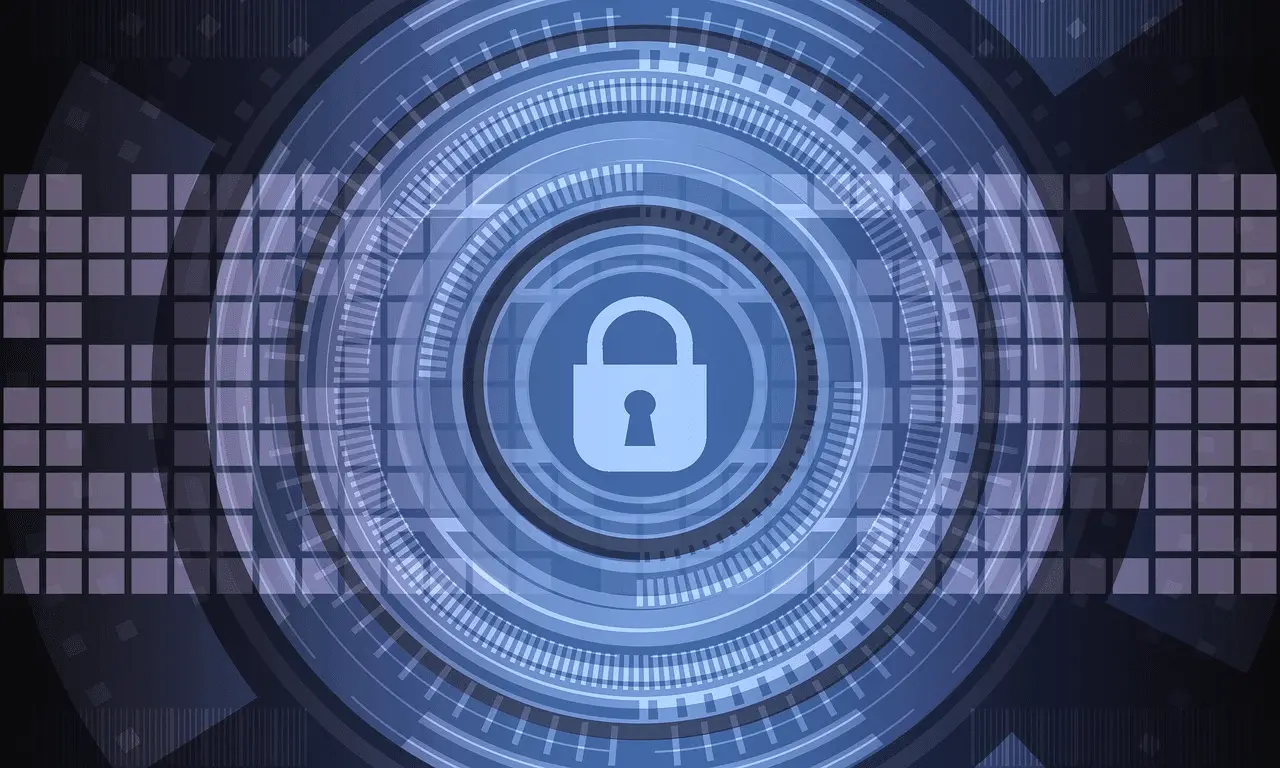
Encryption is the process of encoding information in cryptography. The original representation of the information, known as plaintext, is converted into an alternative form known as ciphertext during this process. Only authorized parties should be able to decipher ciphertext back to plaintext and access the original information, using the correct key. Keys are used in the encryption and decryption of messages. In cryptographic systems, the two primary types of keys are symmetric-key and public-key.
Many organizations partner with industry specialists in cyber security, like cyberpion.com, to assist them in identifying attack vectors in their environments with real-time monitoring.

Private vs Public Keys
The private key is employed in both encryption and decryption. This key is shared by the sender and receiver of encrypted sensitive data. Because it is shared by both parties, the private key is sometimes referred to as “symmetric.” Private key cryptography is more efficient than public-key cryptography. A private key is often a long, unguessable sequence of bits generated randomly or pseudo-randomly. The complexity and length of a private key determine how easy it is for an attacker to launch a brute force attack, in which they try out various keys until they locate the right one.
Asymmetric cryptography, often known as public-key cryptography, is a type of encryption in which two keys are used. Each pair consists of a public key (which may be known to others) and a private key (which may not be known to anybody except the owner). To produce such key pairs, cryptographic approaches based on mathematical problems known as one-way functions are used.
For optimal security, a private key should be kept secret; a public key can be freely disseminated without affecting security. In such a system, anyone can encrypt a message using the public key of the intended receiver, but only the receiver’s private key can decode the message. This enables a server application to construct a cryptographic key for compatible symmetric-key cryptography, then encrypt that newly formed symmetric key with a client’s publicly published public key.
The most obvious application of a public-key encryption system is for encrypting communication to ensure secrecy – a message that a sender encrypts using the recipient’s public key and can only be decoded by the recipient’s associated private key.
Cloud Encryption Key Management
Key management entails safeguarding encryption keys against loss, corruption, and unwanted access. Many processes can be used to manage key management, such as changing keys regularly and managing how keys are assigned and who receives them. Furthermore, companies must determine whether a single key should be used for all backup kinds or whether each type should have its key.
It is impossible to overestimate the significance of encryption key management. Unauthorized parties can get access to encryption keys if they are not carefully monitored during their creation, secure storage, handling, and deletion. When keys are lost or corrupted, it can result in the loss of access to systems and data, as well as render a system inoperable unless it is reformatted and reinstalled.
For encryption and key management, cloud services typically provide three alternatives:
- Cloud-Based Encryption: The key used to encrypt and decrypt data is generated, managed, and stored by the cloud provider.
- Bring Your Own Key (BYOK): The customer produces and manages encryption keys, but the cloud provider has access to them and can use them to encrypt and decrypt data.
- Hold Your Own Key (HYOK): In its environment, the customer produces, manages, and saves encryption keys. The cloud provider lacks access to the keys and is unaware of the contents of encrypted files.
As more organizations adopt the cloud, data encryption can provide the level of security needed to secure sensitive information while also meeting regulatory standards. Organizations who take the effort to understand their cloud encryption requirements, investigate cloud provider methodologies, and securely maintain their encryption keys can reap the benefits of the cloud while greatly reducing the risk of data breaches.
By encrypting cloud data, data sovereignty, and regulatory compliance can be ensured. Organizations need to focus on holistic solutions that allow them to address all vulnerabilities. Seeking out professional partnerships can also improve the effectiveness of cyber security in the organizational cloud.